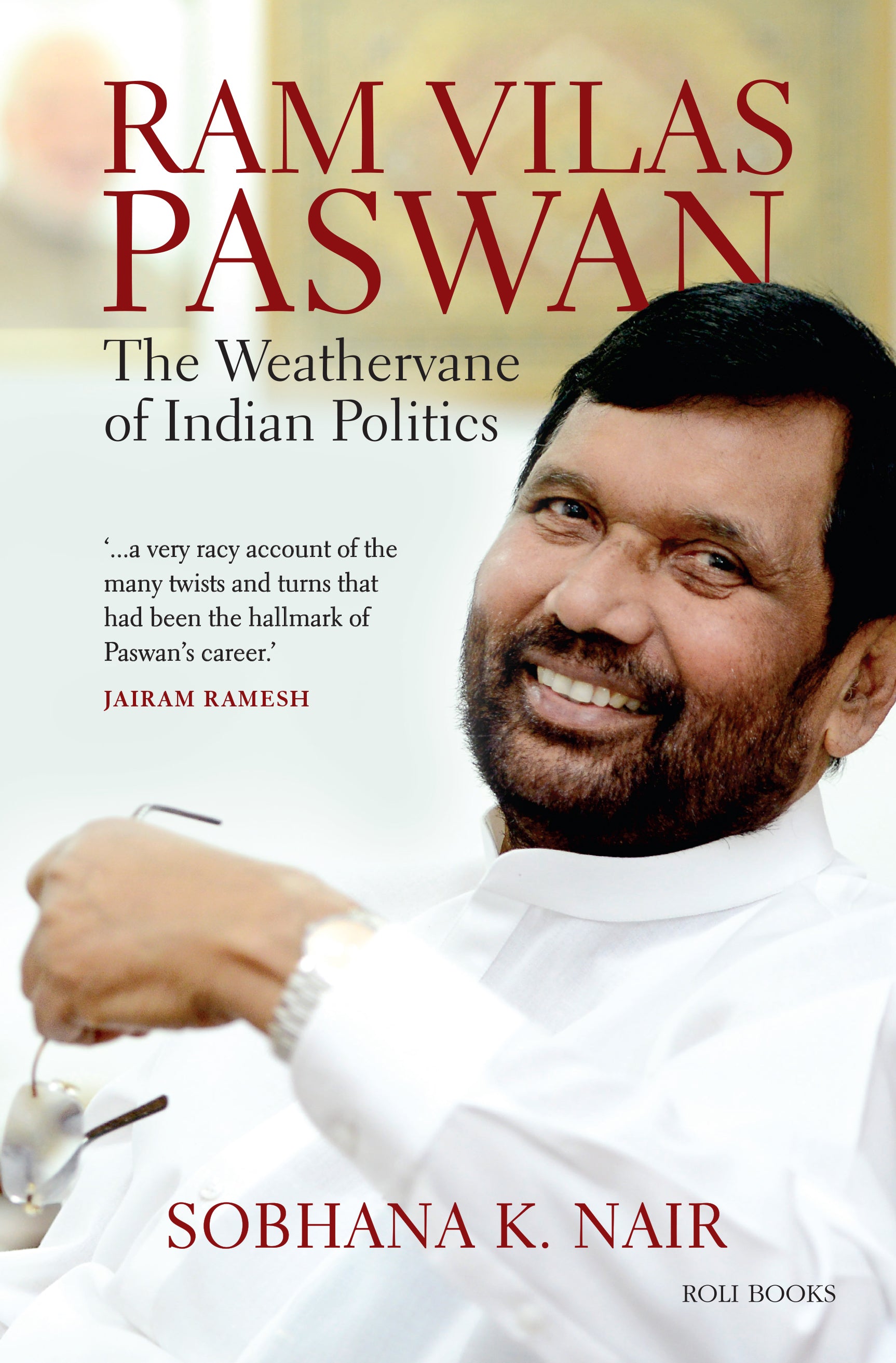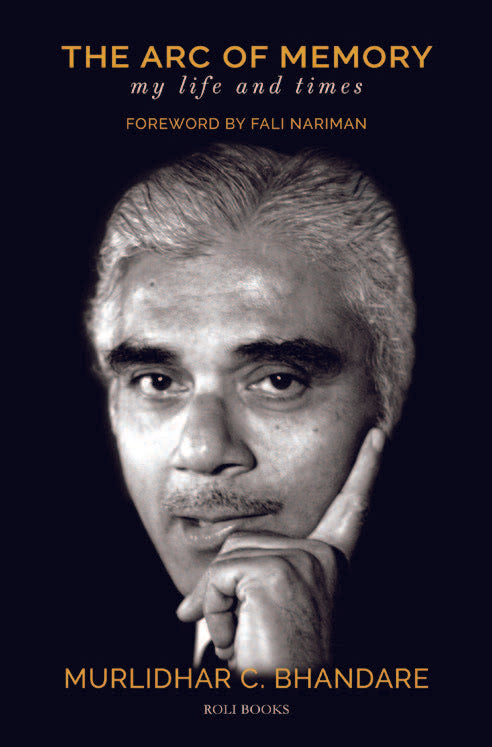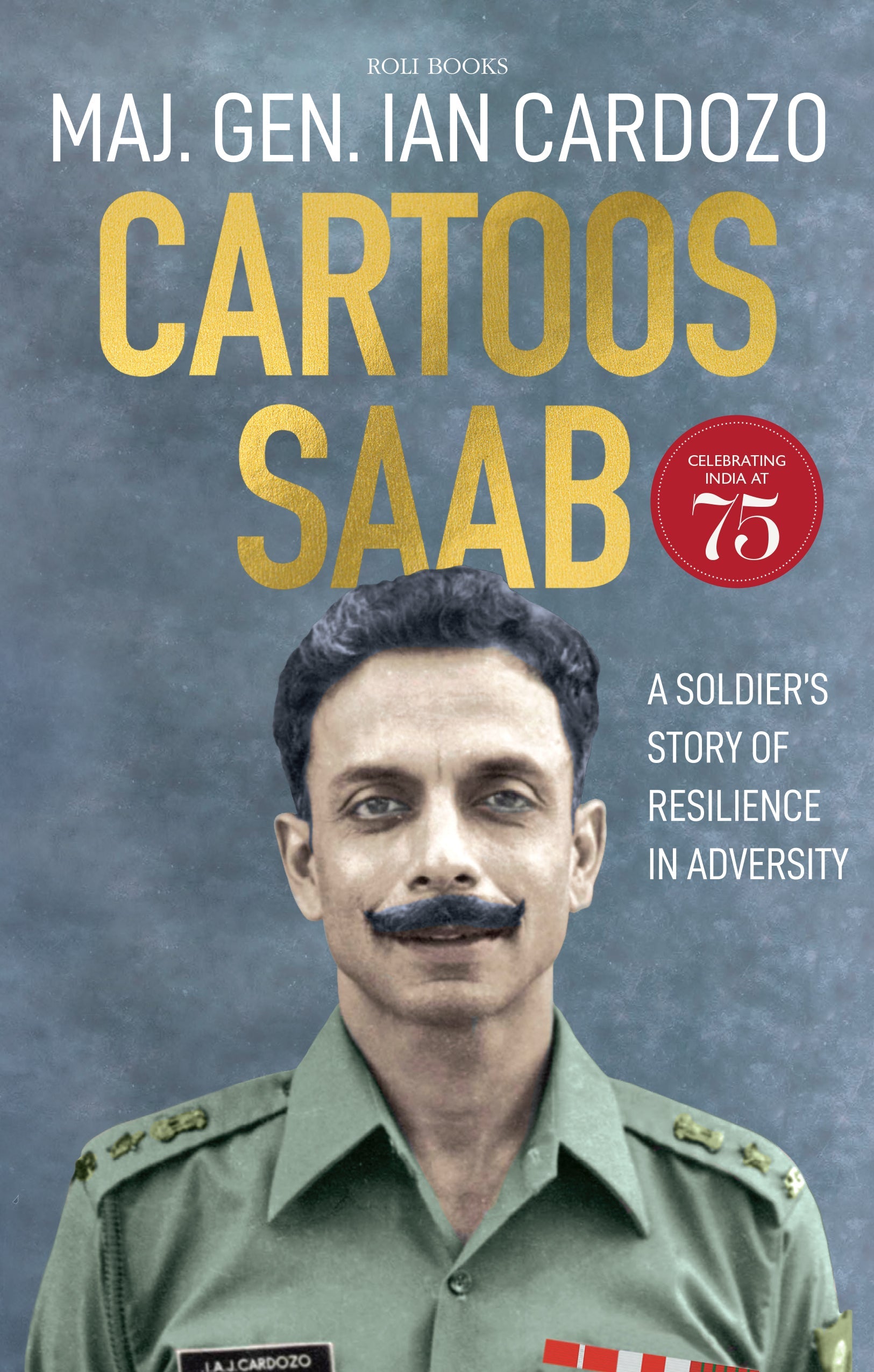Param Vir Chakra: Vikram Batra
Maj.Gen.Ian Cardozo
Rishi Kumar
THE KARGIL WAR of 1999 was a continuation of Pakistan's obsession to wrest the state of Jammu and Kashmir from India. While Pakistani Politicians and diplomats were negotiating a peace agreement with India; the Pakistan Army was simultaneously pumping her armed forces across the line of control (LOC) in J&K, in the Kargil sector, proving once again that Pakistan can never be trusted. The war was preceded by armed intrusions by Pakistan's special forces and infantry units, who occupied key locations in unheld areas on the Indian side of the LOC. Military posts here were traditionally maintained by both India and Pakistan only in the summer months and withdrawn from November to May. Pakistan's aim was to cut the vital Srinagar“Leh highway, thereby cutting off supplies to Siachen with the hope that they would be able to evict the Indian troops from the Saltoro ridge above the Siachen glacier, and to also internationalize the Kashmir issue. This war was fought at heights ranging from 15,000 to 19,000 feet in a rarified deoxygenated atmosphere, where troops had to scale near perpendicular walls, encumbered with heavy loads of arms and ammunition. Notwithstanding these disadvantages, the brave Indian Jawan led by their young officers forced the Pakistani forces to withdraw. Amongst The Young Lions' who led their men from the front was Vikram Batra, who not only became a household name, but the enemy also acknowledged his dynamic leadership and gave him the nickname of Sher Shah'. Pakistan was astonished at the swift determined response from India's political and military leadership, but the price paid by the Indian soldier was heavy and the white snow covered slopes were coloured Red' by the blood of these intrepid icons of courage. 23 Indian officers and 436 Jawans where killed and 54 officers and 629 Jawans were wounded, many disabled for life.
Major General Ian Cardozo was born in Mumbai and studied at St Xavier’s School and College. In July 1954, he joined the Joint Services Wing which later became the National Defence Academy. Here he was the first cadet to win the gold medal for being the best all-round cadet, and the silver medal for being first in order of merit. He was commissioned at the Indian Military Academy into the 1st Battalion the Fifth Gorkha Rifles (FF) in 1958, and was the first officer of the Army to be awarded the Sena Medal for gallantry on a patrol in NEFA in 1959. Wounded in the battle of Sylhet in Bangladesh in 1971, he overcame the handicap of losing a leg and became the first war-disabled officer to be approved for command of an Infantry Battalion. He retired in 1993 from his appointment as Chief of Staff of a Corps in the East. Author of The Sinking of INS-Khukri: Survivor’s Stories and Param Vir: Our Heroes in Battle, he has worked with the Spastics Society of Northern India and was chairman of the Rehabilitation Council of India for nine years. At present he is the Vice President of the War Wounded Foundation.
Rishi Kumar is a graduate from Delhi College of Art in the Applied Art course. He has worked as an illustrator with various advertising and publishing companies. He is currently working as a freelance illustrator. Besides art he has an interest in computer gaming. His name has been acknowledged in the Limca Book of National Records 2016 for his work.




























